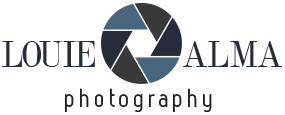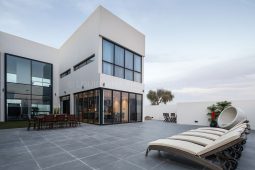World Aviation Festival 2025 – Day 3 highlights
Day 3 of World Aviation Festival 2025 in Lisbon placed airports and passenger experience firmly in the spotlight, with global leaders exploring how infrastructure, technology and customer centric innovation will shape the future of air travel.
Growth and transformation in Saudi Arabia
In a fireside chat, Steven Greenway, CEO of Saudi Arabia’s low-cost carrier flyadeal, outlined the airline’s rapid growth trajectory. Founded in 2017 and now operating 42 aircraft, flyadeal expects capacity to grow by 42% next year as new aircraft join the fleet.





